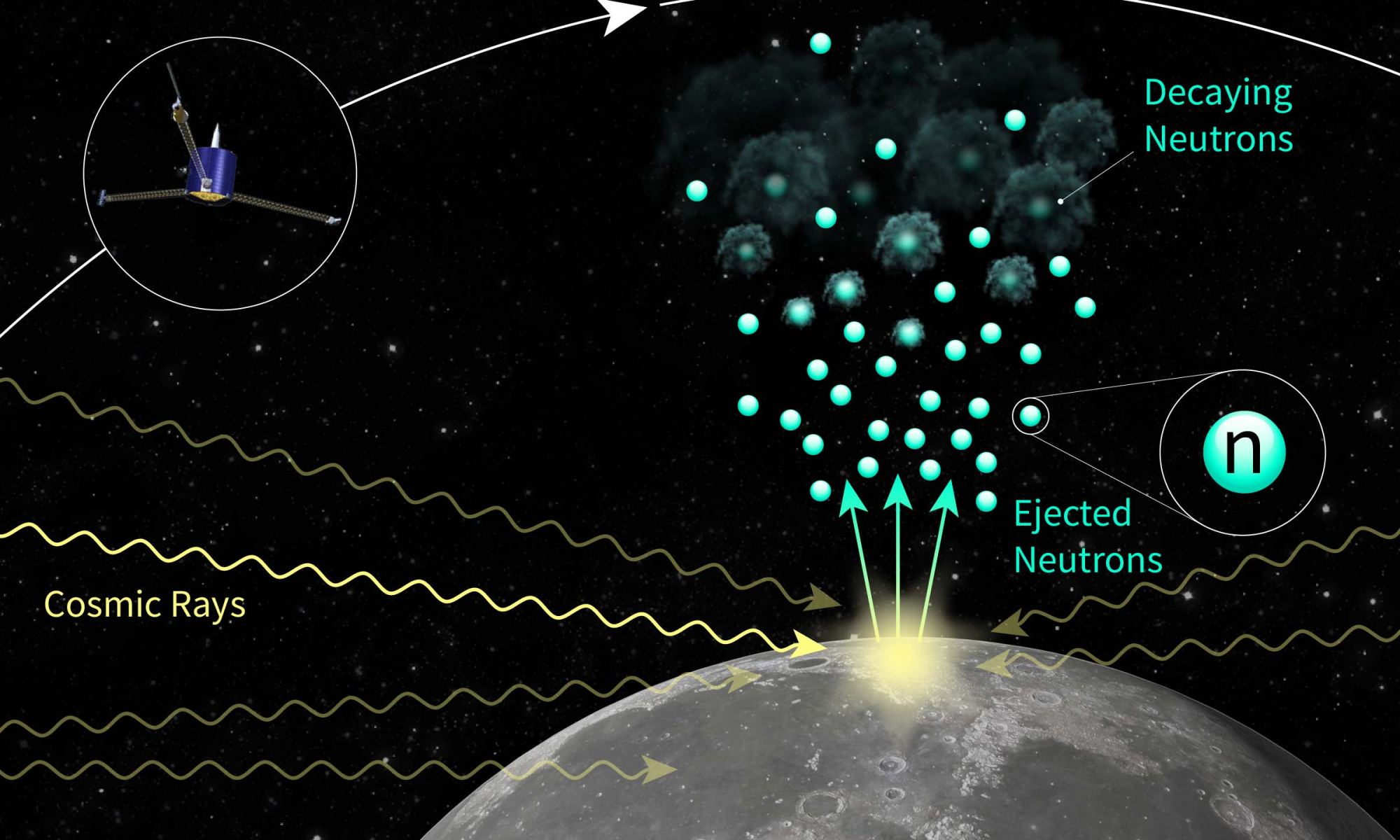When we look into the night sky, we see the universe as it once was. We know that in the past the universe was once warmer and denser than it is now. When we look deep enough into the sky, we see the microwave remnant of the big bang known as the cosmic microwave background. That marks the limit of what we can see. It marks the extent of the observable universe from our vantage point.
The cosmic background we observe comes from a time when the universe was already about 380,000 years old. We can’t directly observe what happened before that. Much of the earlier period is fairly well understood given what we know about physics, but the earliest moments of the big bang remain a bit of a mystery. According to the standard model, the earliest moments of the universe were so hot and dense that even the fundamental forces of the universe acted differently than they do now. To better understand the big bang, we need to better understand these forces.
One of the more difficult forces to understand is the weak force. Unlike more familiar forces such as gravity and electromagnetism, the weak is mostly seen through its effect of radioactive decay. So we can study the weak force by measuring the rate at which things decay. But there’s a problem when it comes to neutrons.

Together with protons, neutrons make up the nuclei of the atoms we see around us. Within an atomic nucleus, neutrons can be extremely stable. But when a neutron is on its own, it typically decays in a matter of minutes. The rate of decay for neutrons is typically given in terms of its half life. That is, the time at which a neutron has about a 50/50 chance of having decayed. Technically, they measure a related quantity known as the neutron lifetime, but the idea is the same.
There are a couple of ways we can measure neutron half-life, such as measuring a beam of neutrons or cooling them down and trapping them in a magnetic bottle, but these different methods give different results for the half-life. The methods should give the same result, but they don’t. The beam method gives a lifetime of 888 seconds, while the bottle method gives 879 seconds. Perhaps there is some systematic error in the methods, but this discrepancy is a problem for fundamental physics. But a new study has measured neutron decay in a third way, by using a spacecraft orbiting the Moon.
The airless surface of the moon is constantly bombarded by cosmic rays. Sometimes a cosmic ray will kick a neutron off the lunar surface. As the neutron speeds away from the Moon, it has a chance of decaying. So the team used NASA’s Lunar Prospector satellite to count the number of neutrons at various orbital heights. From this, they calculated the neutron lifetime to be 887 seconds.
The result isn’t precise enough to resolve the neutron decay problem, but it does show that we can use spacecraft to get very accurate results. Accurate enough that future missions might be able to solve the weakest link of early cosmology.
Reference: Wilson, Jack T., et al. “Measurement of the free neutron lifetime using the neutron spectrometer on NASA’s Lunar Prospector mission.” Physical Review C 104.4 (2021): 045501.

